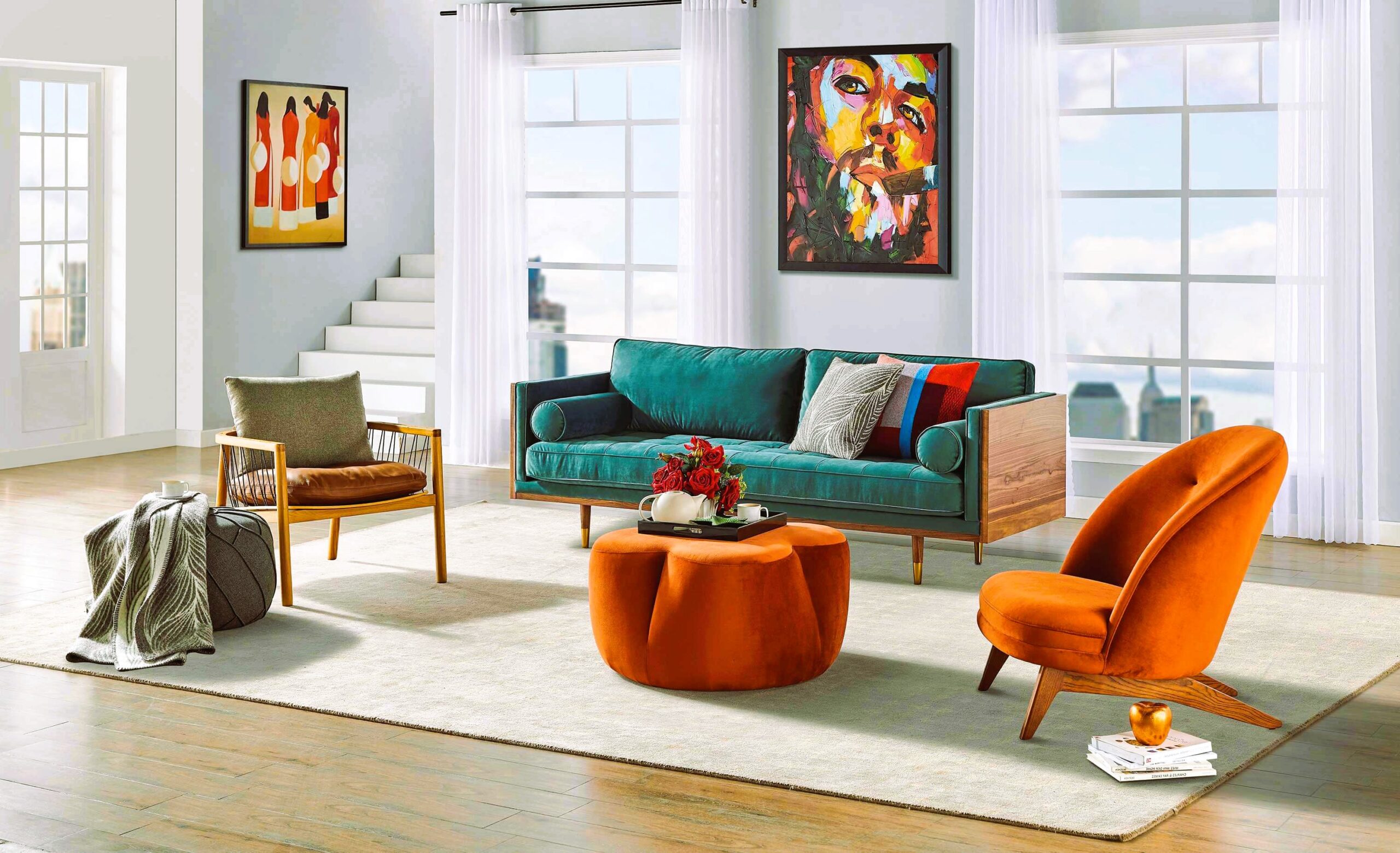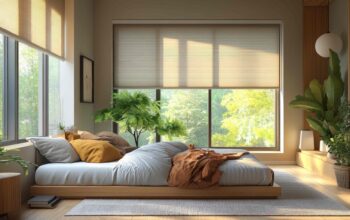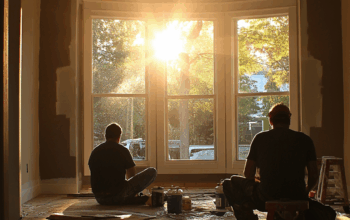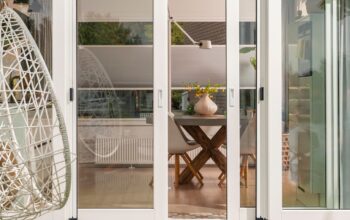The art of interior design involves more than just selecting furniture and paint colors—it’s about creating a harmonious balance of elements that stimulate the senses and evoke emotion. Mixing patterns and textures is a powerful technique that can add depth, dimension, and visual interest to your decor. By combining different patterns and textures, you can create dynamic and engaging spaces that reflect your personality and style. In this article, we explore the principles of mixing patterns and textures and share tips for achieving stunning results in your home decor.
Understanding Patterns and Textures
Patterns and textures are essential components of interior design that add visual and tactile richness to a space. While patterns refer to repeated decorative motifs such as stripes, florals, and geometrics, textures encompass the tactile qualities of materials such as smooth, rough, glossy, or matte surfaces. By incorporating a variety of patterns and textures into your decor, you can create layers of visual interest and sensory appeal that elevate the overall aesthetic of your home.
Principles of Mixing Patterns
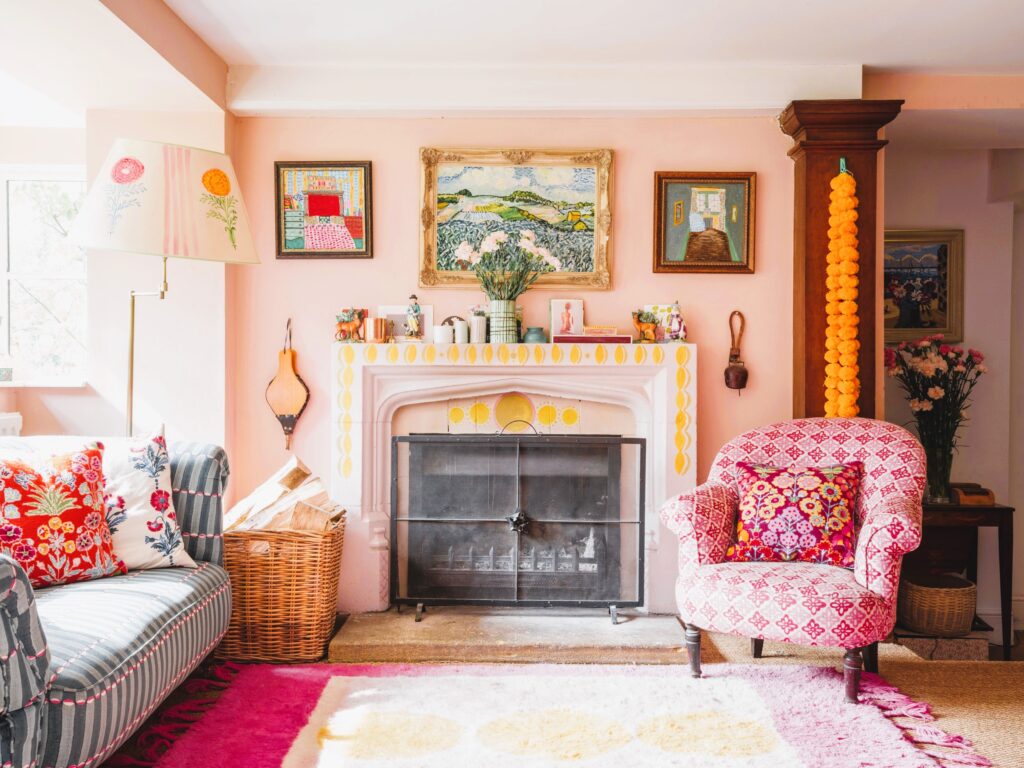
When mixing patterns in your decor, it’s essential to strike a balance between cohesion and contrast. Follow these principles to achieve harmonious results:
- Scale and Proportion: Mix patterns of varying scales to create visual interest and prevent overwhelming the space. Pair large-scale patterns with smaller-scale prints to create balance and harmony.
- Color Palette: Choose a cohesive color palette that ties together the different patterns in your decor. Look for common colors or complementary hues that enhance each other and create a unified look.
- Pattern Types: Mix different types of patterns, such as florals, stripes, plaids, and geometrics, to add variety and complexity to your decor. Consider the mood and style you want to evoke and select patterns that complement each other while adding visual interest.
- Layering: Layer patterns gradually throughout the space to create depth and dimension. Start with a foundation of solid colors or subtle textures and layer on patterns with throw pillows, rugs, curtains, and accessories. A combination of traditional and modern design, more details in our article Rustic Modern.
Incorporating Textures
Textures play a crucial role in adding depth and tactile interest to your decor. Consider the following tips for incorporating textures into your design:
- Mixing Materials: Experiment with a variety of materials and finishes to add texture to your decor. Incorporate natural elements such as wood, stone, metal, and woven fibers to create contrast and visual intrigue.
- Contrast in Texture: Pair smooth, sleek surfaces with rough, tactile textures to create dynamic contrast and visual appeal. Mix glossy finishes with matte surfaces, or soft fabrics with rugged textures to add depth and complexity to your decor.
- Layering Textures: Layer textures throughout the space to create a sense of richness and depth. Combine soft textiles such as velvet, silk, and faux fur with rough textures like reclaimed wood, concrete, or hammered metal to create a multi-dimensional effect.
- Visual and Tactile Interest: Consider both visual and tactile qualities when selecting textures for your decor. Choose fabrics and materials that not only look beautiful but also feel inviting and comfortable to the touch.
Achieving Visual Interest in Your Decor
To achieve visual interest in your decor, consider the following tips for mixing patterns and textures:
- Start with a Neutral Base: Begin with a neutral color palette as the foundation for your decor. Neutral tones such as white, beige, gray, or taupe provide a versatile backdrop that allows patterns and textures to take center stage.
- Choose a Dominant Pattern: Select one dominant pattern as the focal point of your decor and build around it. Choose a bold print or motif that reflects your style and personality and use it as inspiration for selecting complementary patterns and textures.
- Mix Patterns Thoughtfully: Mix patterns thoughtfully by considering scale, color, and style. Pair large-scale patterns with smaller-scale prints, and mix complementary colors and motifs to create a cohesive look.
- Layer Textures: Layer textures throughout the space to add depth and dimension. Mix soft fabrics, plush rugs, and smooth surfaces with rough textures, natural materials, and tactile finishes to create visual and sensory interest.
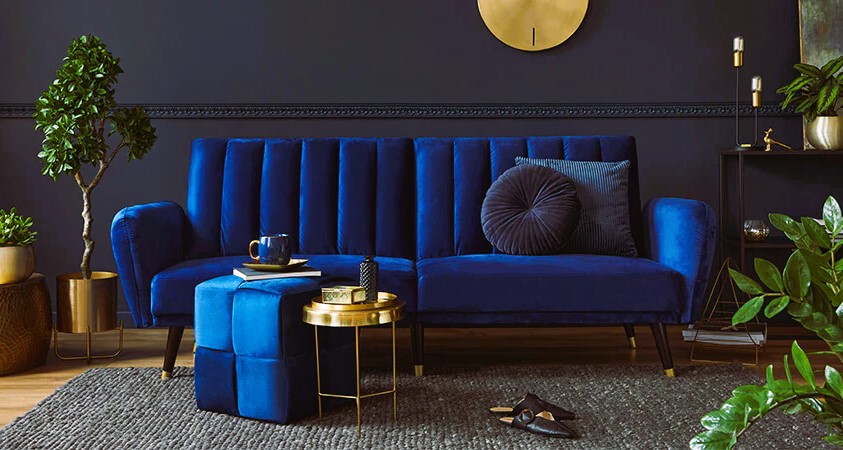
Conclusion
Mixing patterns and textures is a powerful technique for creating visual interest and adding personality to your decor. By following the principles of balance, contrast, and cohesion, you can create dynamic and engaging spaces that reflect your unique style and taste. Experiment with different patterns, textures, and materials to create a personalized and inviting environment that inspires creativity and evokes emotion.
For more information on interior design principles and techniques, visit Wikipedia’s Interior Design Page.
Remember, the key to successful mixing patterns and textures lies in creativity, experimentation, and a willingness to step outside your comfort zone. Embrace the beauty of diversity and create a space that tells your story and reflects your individuality.

